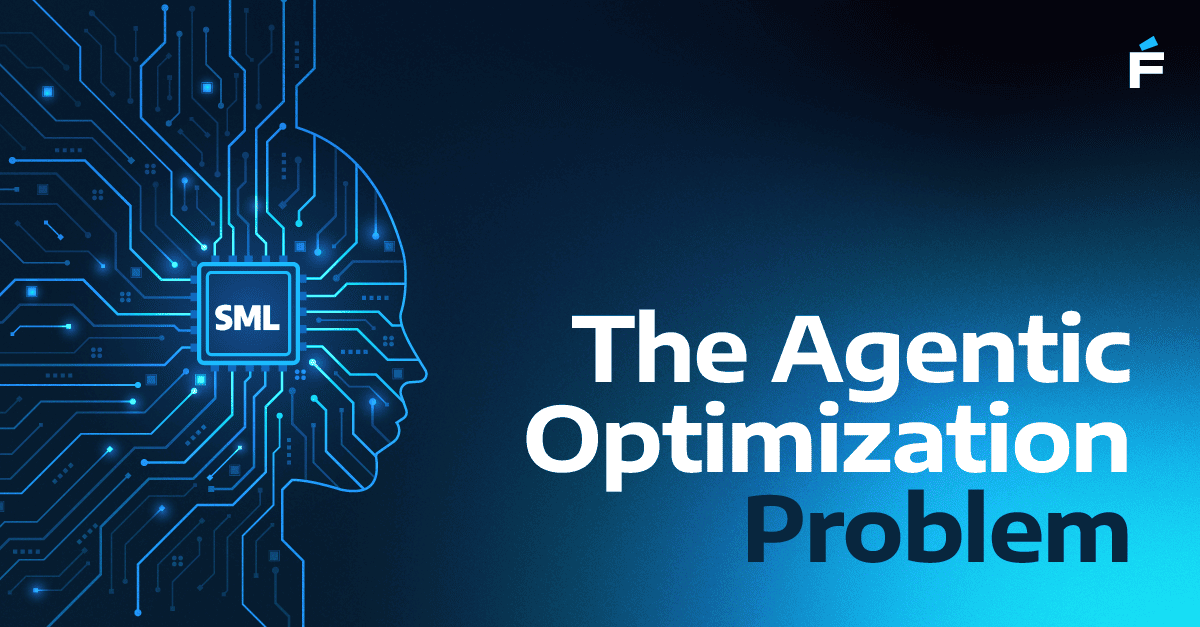As data increasingly drives business innovation and decision-making, companies of all sizes are feeling the pressure to step up their data game. Whether you're looking to improve operational efficiency, personalize customer experiences, or gain deeper insights into your market, having a strong data engineering capability is essential.
But for many organizations, the big question is: Should you build your own in-house data engineering team, or outsource to specialists? It’s not a simple decision. Each path comes with its own set of benefits and trade-offs that can significantly impact your business.
In this post, we’ll break down the pros and cons of outsourcing versus hiring an in-house data team, helping you determine which option aligns best with your company’s unique needs, goals, and constraints.
What is Outsourced Data Engineering vs. In-House Teams?
Before diving into the pros and cons of each approach, it’s essential to clarify what we mean by outsourced data engineering and in-house teams:
- Outsourced Data Engineering: This involves hiring external specialists—typically through third-party agencies or consulting firms—to manage your data pipelines, infrastructure, and analytics. Outsourcing providers often work on a project-by-project basis, but some offer long-term engagements.
- In-House Data Engineering Teams: These are internal teams made up of full-time employees who focus solely on your company’s data needs. They handle everything from data architecture to pipeline development and maintenance, ensuring continuous data flow and optimization.
Now that we’ve defined the two, let’s explore the pros and cons of each.
Pros and Cons of Outsourced Data Engineering

1. Cost-Effective
One of the main reasons companies opt for outsourcing is the significant cost savings. You avoid expenses tied to hiring, onboarding, and providing long-term benefits for in-house employees. Outsourcing allows you to pay only for what you need, when you need it.
2. Access to Expertise
Outsourcing gives you access to experienced data engineers with a broad range of expertise. These professionals are often up-to-date with the latest technologies and trends, allowing your company to leverage their knowledge without having to invest in extensive training for an in-house team.
3. Scalability
With outsourced services, scaling your data engineering efforts up or down is easy and efficient. Whether your company needs to process vast amounts of data or handle seasonal fluctuations, outsourcing provides the flexibility to adjust resources as required.
4. Quick Implementation
Since outsourced teams are typically experienced in handling multiple clients and projects, they can get to work faster. If your business is in a time crunch, this can accelerate the deployment of your data solutions without the learning curve of building an internal team.
Cons:
1. Limited Control
Outsourcing means handing over control to an external provider. While you can specify requirements and outcomes, the day-to-day operations and decisions may not align perfectly with your internal strategy.
2. Communication and Coordination Challenges
If your outsourced team operates in a different time zone or is spread across multiple locations, communication delays and coordination challenges could arise. This might hinder fast problem-solving and the agility of your data operations.
3. Data Security and Privacy Concerns
While most third-party providers adhere to strict security protocols, outsourcing inherently involves entrusting sensitive data to an external entity. For companies operating in highly regulated industries, this could raise red flags, making in-house options more appealing.
How to Overcome the Challenges of Outsourcing Data Engineering
1. Maintain Oversight with Clear SLAs
Establish Service Level Agreements (SLAs) that clearly define performance, deadlines, and deliverables. Make sure these agreements are tied to your business goals, ensuring that even though you're outsourcing, you maintain control over the outcomes and quality of work.
2. Leverage Nearshore or Distributed Teams
Nearshore outsourcing—partnering with teams in neighboring countries or similar time zones—can minimize communication delays and cultural differences while still offering cost savings. Nearshore teams allow for easier collaboration during working hours, providing a more seamless integration with your internal team. Alternatively, consider using teams that span across multiple time zones. This setup can actually become an advantage: while one team is finishing up, another can pick up the work, allowing for continuous progress almost around the clock. Forte Group, for example, offers offshore and nearshore teams of highly-skilled professionals based in Eastern Europe and Latin America. This allows for an 18-hour workday spanning 11 time zones.
3. Foster Strong Communication Channels
To mitigate communication challenges, use project management and collaboration tools like Slack, Microsoft Teams, Jira, or Asana. These platforms ensure constant and transparent updates, no matter where your team is located. Setting regular check-ins and feedback loops also helps keep everyone on the same page. Designating a single point of contact from both your company and the outsourced provider can further streamline communication and reduce misinterpretations.
4. Appoint a Delivery Manage: To ensure project delivery success, appoint a dedicated delivery manager who will oversee the entire process. This role will be responsible for coordinating efforts between your internal team and the outsourced provider, ensuring that communication channels are open and effective.
5. Invest in Security Protocols
When outsourcing data engineering, security should be a top priority. Choose partners who are compliant with regulations like GDPR, SOC 2, or ISO standards and have a solid history of safeguarding sensitive data. Enforce strict data encryption and multi-factor authentication practices, and limit access to critical systems to only those who absolutely need it. Regular security audits and clear data privacy policies can ensure your outsourced team maintains the highest level of data protection.
Advantages and Disadvantages of In-House Data Engineering Teams
Advantages:
1. Full Control and Customization
An in-house team allows you to have complete control over your data strategies, ensuring they are tailored specifically to your company’s needs. Internal teams can also adapt processes quickly based on real-time business changes.
2. Deeper Integration with Business Objectives
In-house teams often have a better understanding of the company’s goals, products, and workflows. This close alignment makes it easier to integrate data strategies with broader business initiatives, which can lead to more strategic and cohesive data use.
3. Better Long-Term Investment
If your company is data-intensive and has a long-term data strategy, building an in-house team can be a valuable investment. Over time, this internal expertise could offer a competitive advantage as your team grows more knowledgeable about your specific industry and systems.
Disadvantages:
1. High Costs
Recruiting, training, and retaining skilled data engineers is expensive. The salaries, benefits, and other overheads required for an in-house team are significantly higher compared to the cost of outsourcing.
2. Talent Acquisition and Retention Challenges
Data engineers are in high demand, and finding qualified professionals can be difficult. Additionally, maintaining their engagement and ensuring they don’t jump ship for better opportunities can pose a challenge, particularly for smaller companies.
3. Slower Scalability
Unlike outsourcing, which allows you to quickly scale resources, scaling an in-house team takes time. Expanding your team might require additional recruitment and onboarding, which can delay progress during critical business phases.
Key Decision Making Factors
When deciding between outsourced data engineering and building an in-house team, consider the following factors:
-
Budget: Outsourcing is generally more cost-effective in the short term, while in-house teams require significant upfront investment.
-
Scalability: Outsourcing allows for quick adjustments to your data engineering needs, while in-house teams are harder to scale.
-
Speed to Market: If you need fast implementation, outsourcing might be the better option.
-
Control and Customization: While in-house teams offer greater control, outsourcing can still provide strong oversight. Set detailed SLAs and use collaborative tools to ensure that outsourced teams align closely with internal goals.
-
Data Sensitivity: Industries with strict compliance requirements may favor in-house data teams for better security and privacy controls. But outsourcing doesn’t have to compromise data security: partner with vendors compliant with industry regulations, and enforce strict data governance practices.
Conclusion
The choice between outsourcing data engineering and building an in-house team depends on your business’s unique requirements, budget, and long-term goals. Outsourcing offers flexibility, cost savings, and access to top talent, making it a great option for smaller companies and those with short-term or specialized needs. On the other hand, in-house teams provide control, customization, and deeper integration with company objectives, making them ideal for large enterprises and data-sensitive industries.
Ultimately, by weighing the pros and cons of each model and aligning your choice with your strategic vision, you can ensure your company’s data initiatives contribute to sustainable growth and innovation.




